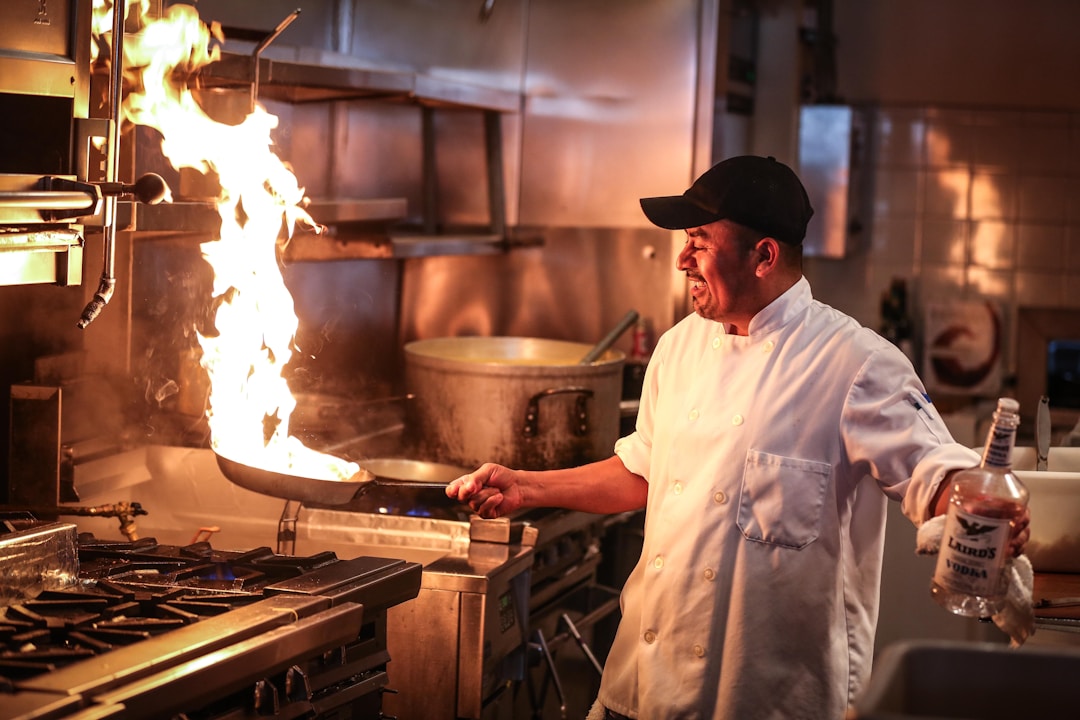As any restaurant owner or homeowner in the United States will tell you, a kitchen gets a lot of use. While there is never a substitute for the highest-quality food, service, and atmosphere, it’s crucial to remember that the overall efficiency starts in the highest-quality commercial kitchen. Often, those important fundamentals can also be said of a consumer’s home kitchen, especially if the homeowner enjoys entertaining and uses the area frequently. Here, we will look at a few of the most important universal tips for making sure that your new kitchen, whether commercial or in the home, is properly equipped.
Consider the kitchen’s primary function.

When equipping your new kitchen with an array of appliances, keep in mind the most important functions that the room serves on a regular basis. This, in itself, will help you choose what equipment to purchase, as well as the style and professional or consumer-grade. While the floor plan and basic layout of a commercial kitchen are meant to allow for seamless food traffic of your staff and servers, in a home kitchen, space can be configured to keep family and guests elsewhere.
With that in mind, when selecting your new kitchen equipment, consider energy consumption and, ultimately, the financial investment. Whether supplying your restaurant or home, consider used restaurant equipment as a truly viable option for its valuable incentives, such as saving money and owning state-of-the-art appliances and merchandise for your personal use.
Consider costs and energy use.
When supplying a restaurant, a commercial kitchen can be the most expensive investment besides the initial real estate. In an effort to keep your new kitchen on the conservative side, but not skimping out on quality equipment, there are the options of both purchasing refurbished commercial kitchen equipment at an affordable price, and basing your investment on energy efficiency. in considering the latter, keep in mind that in most models of any appliance, there are changes in energy efficiency over time. This rule of thumb applies to your dishwasher, microwave, industrial furnace or heating system, and freezer or ice machine.
A major benefit in utilizing used restaurant equipment that is still current as industry-standard or is a recent year model is that you’ll benefit from less energy use as dictated by the appliance’s own technology and specifications. In addition, the used restaurant equipment will come with a warranty for guaranteed longevity. Representatives or technicians from a restaurant supply store or showroom will know all the most efficient models for each piece of equipment, and it’s worth asking for their advice. In the end, whether you’re remodeling your home kitchen or preparing a new restaurant to meet the public, you’re going to see a significant difference in your monthly electric bill.
Consider other areas that affect your kitchen.

If you’re investing in new or used grills, convection ovens, stoves, fryers, or coolers, keep in mind that your kitchen is going to generate both a lot of energy and, ultimately, a lot of heat. Whether you’re equipping your home or commercial kitchen, you’ll want to keep in mind that this area will always be a literal “hotbed” of heat transfer. Because of your kitchen’s default higher temperature, it’s important to plan accordingly, both for energy costs and the comfort and safety of your guests. For example, it’s important to learn a little about the differences between cooling systems and heat sources (such as propane versus natural gas).
In a restaurant, multiple refrigerators or a walk-in industrial cooler is common for everyday use. Likewise at home, your consumer refrigerator is also a “reach-in cooler,” or “chiller,” and should be selected for its own power efficiency improvements. The best way to control the comfort in your restaurant or home is to also monitor your HVAC system, or air conditioning unit, for cool air use, and keep an eye on your thermostat for both energy use and higher efficiency, and to decrease your kitchen’s overall heat transfer.





